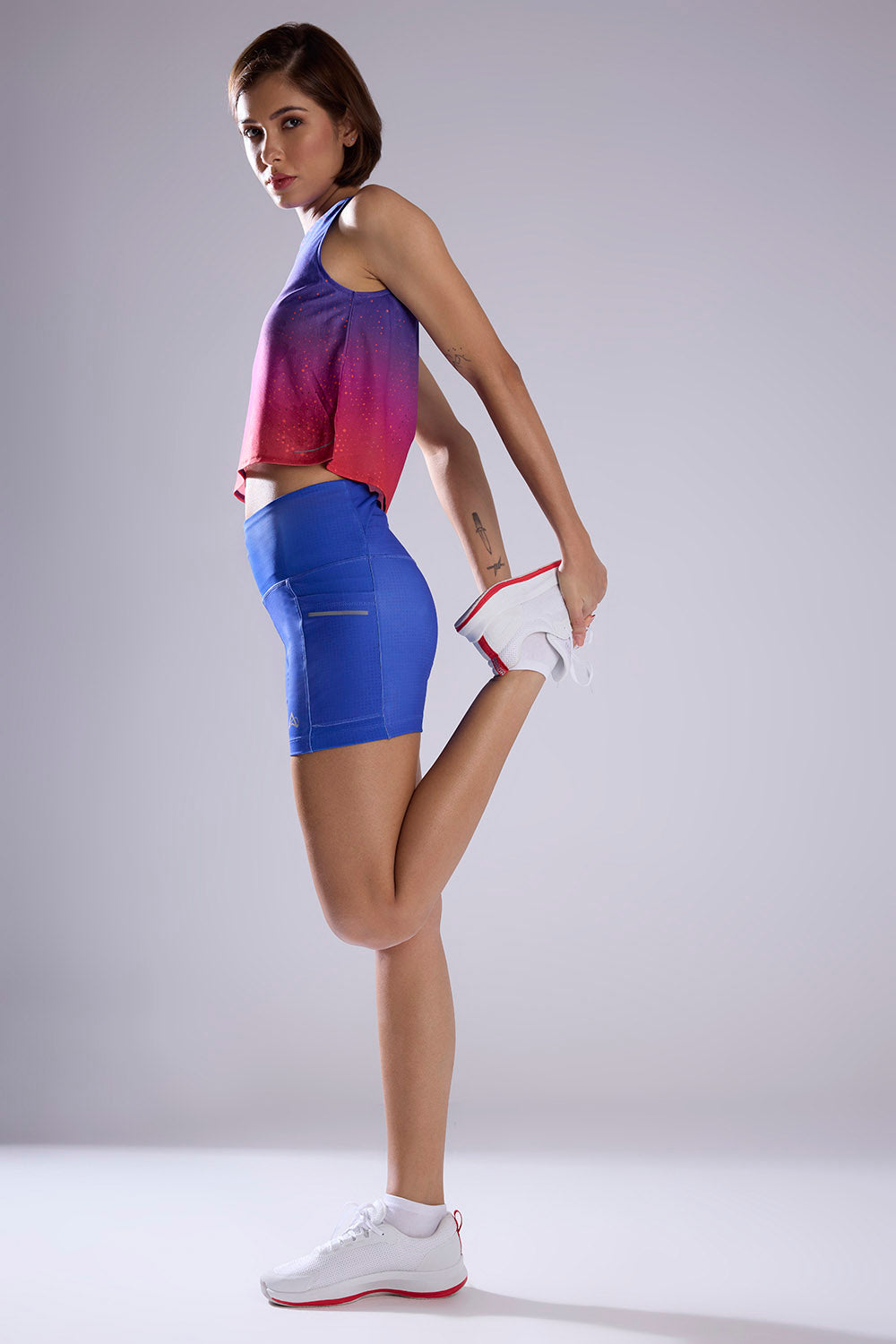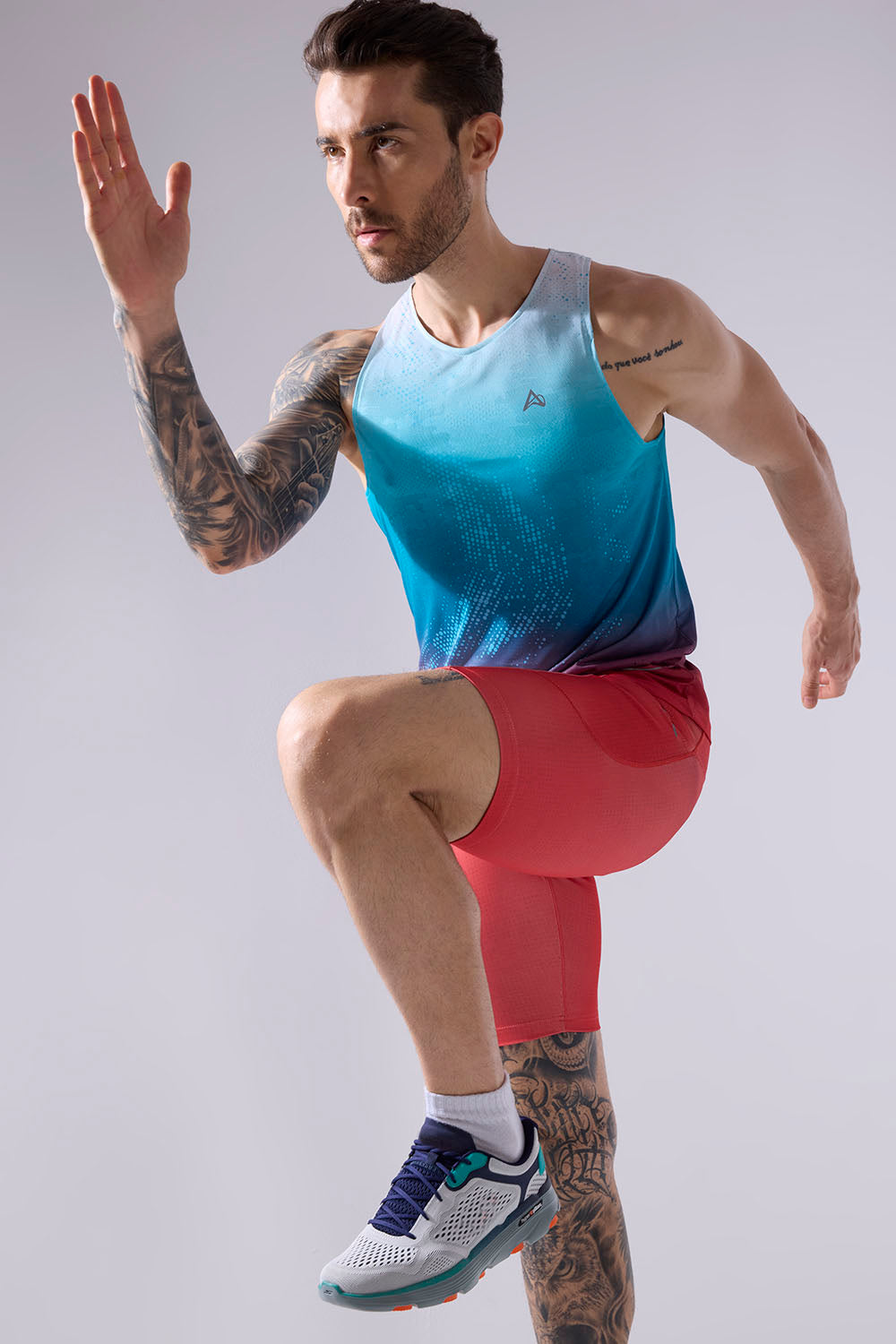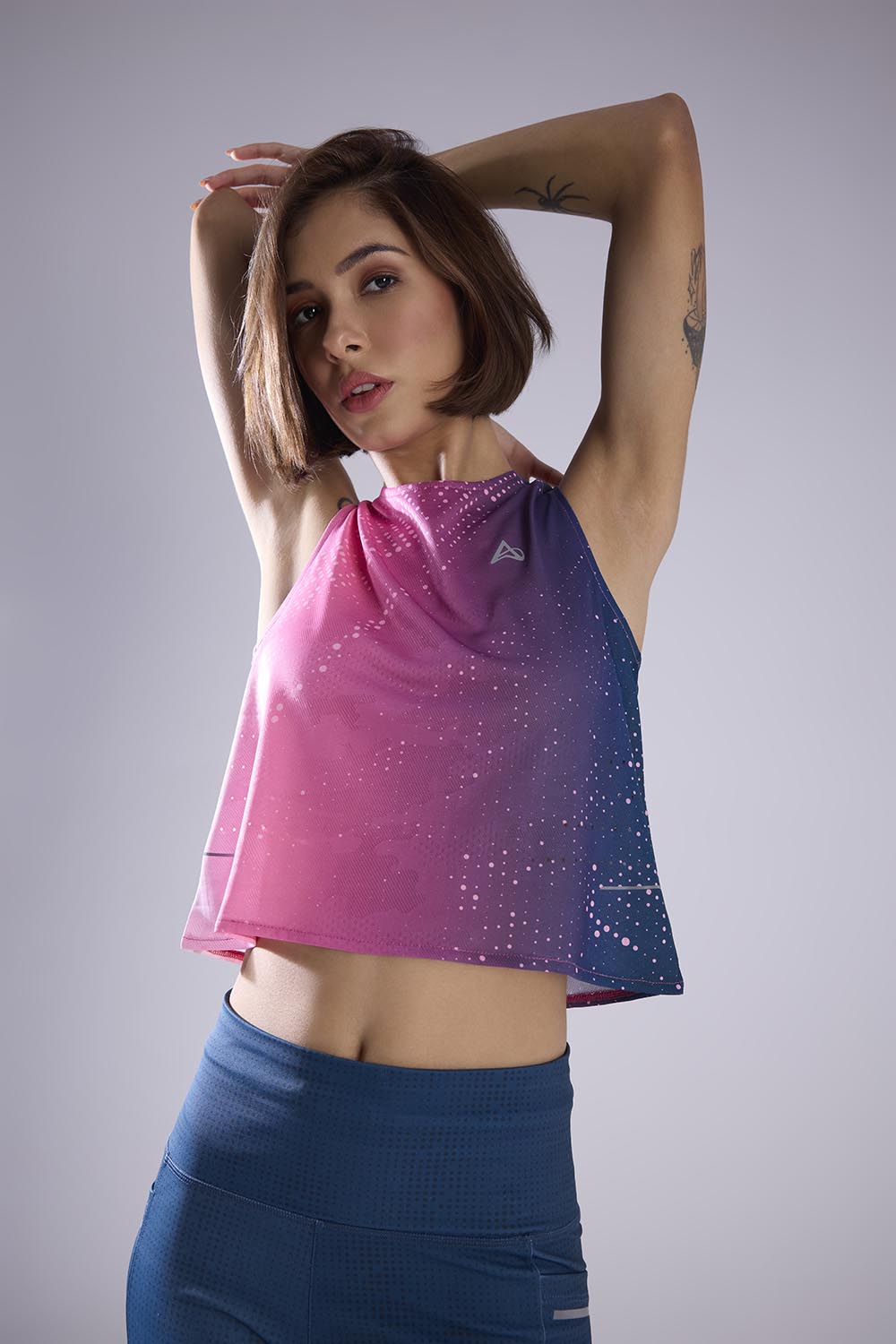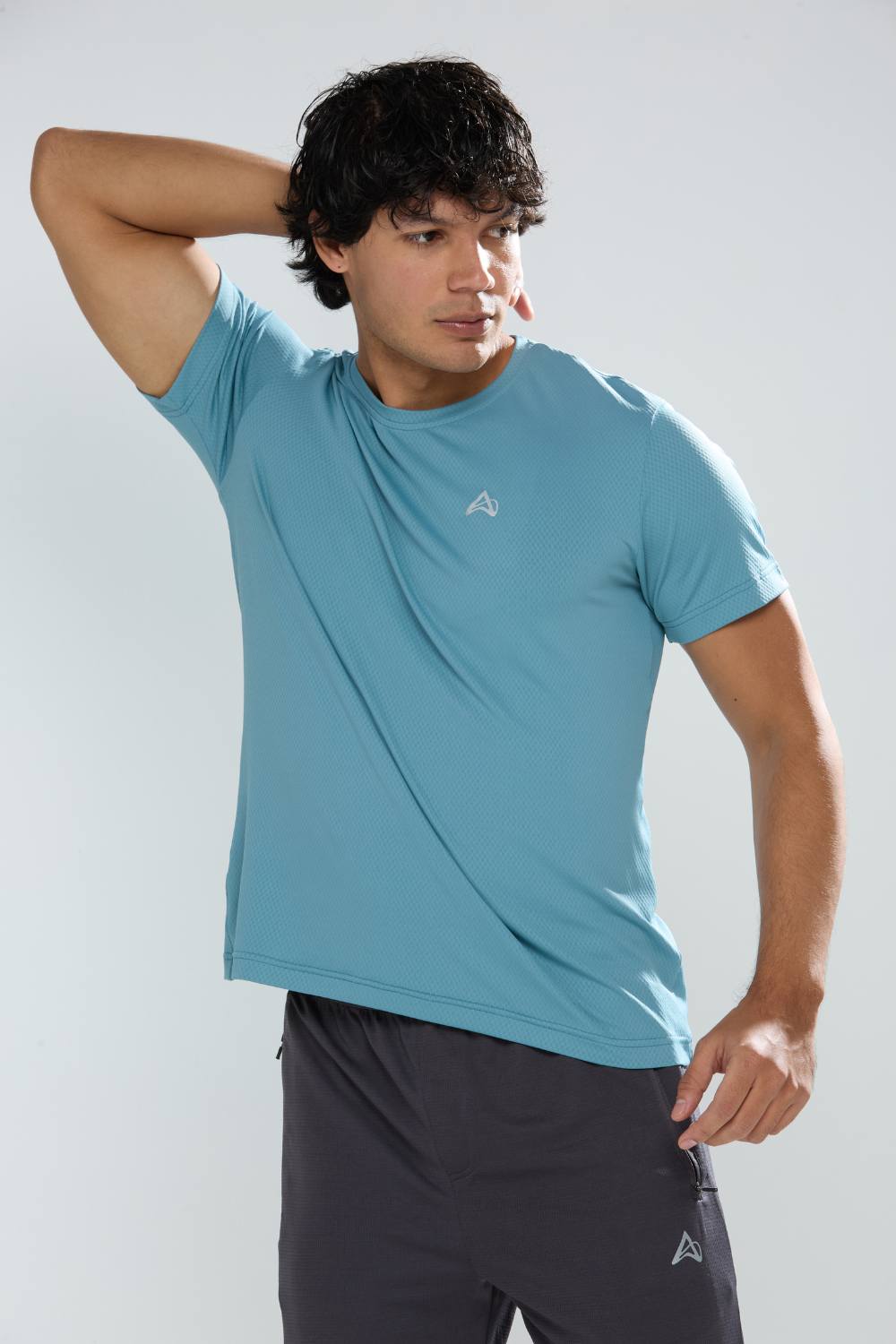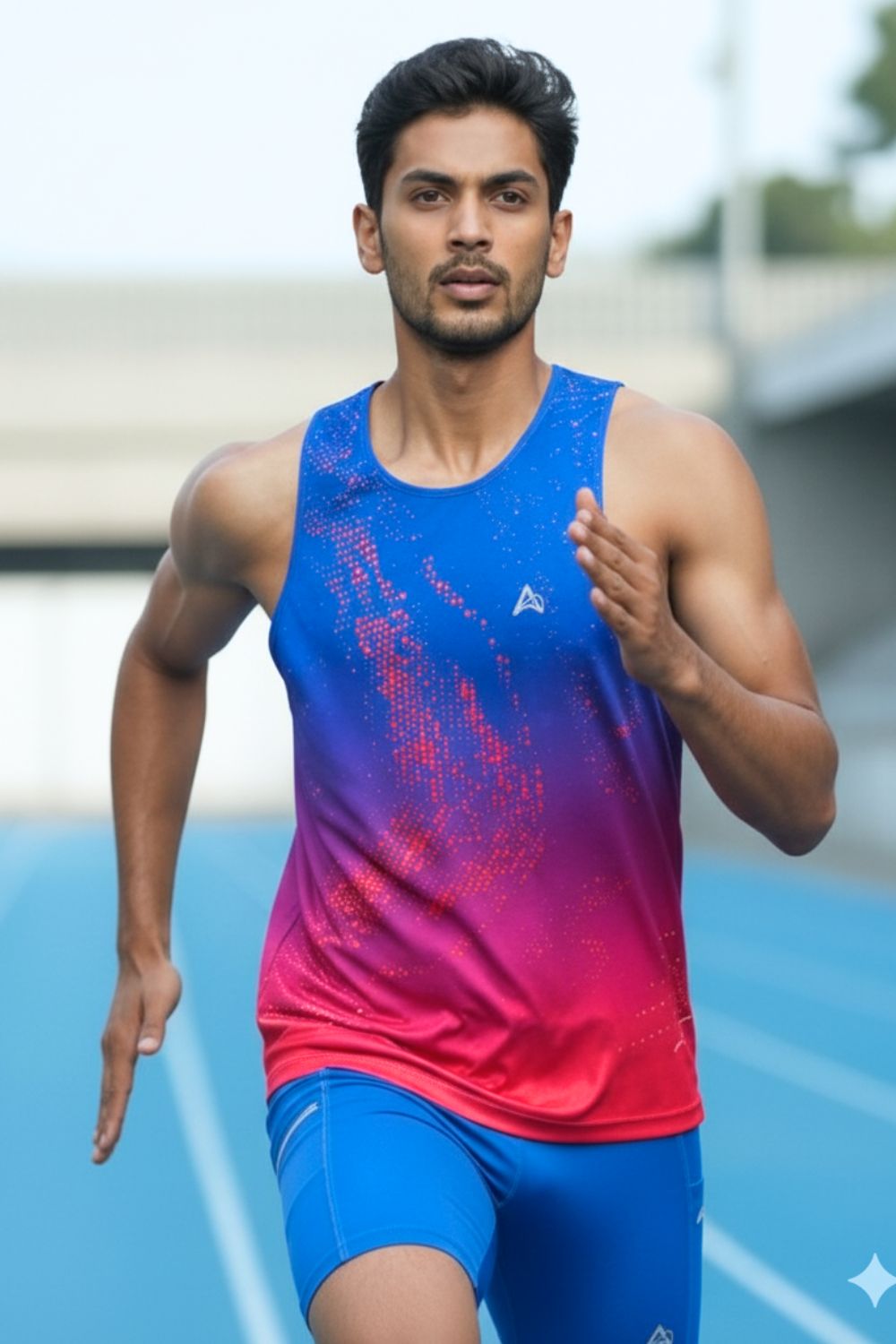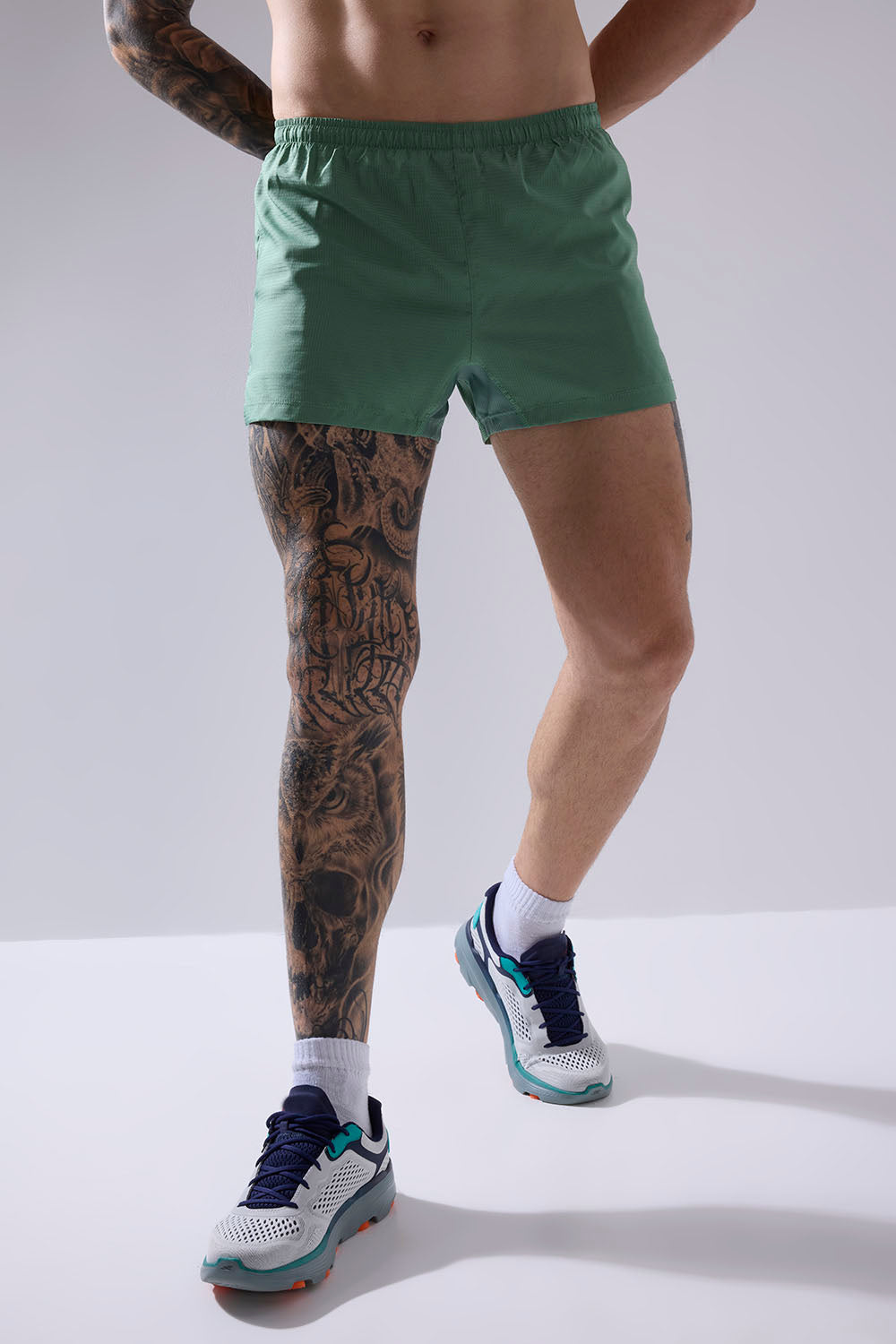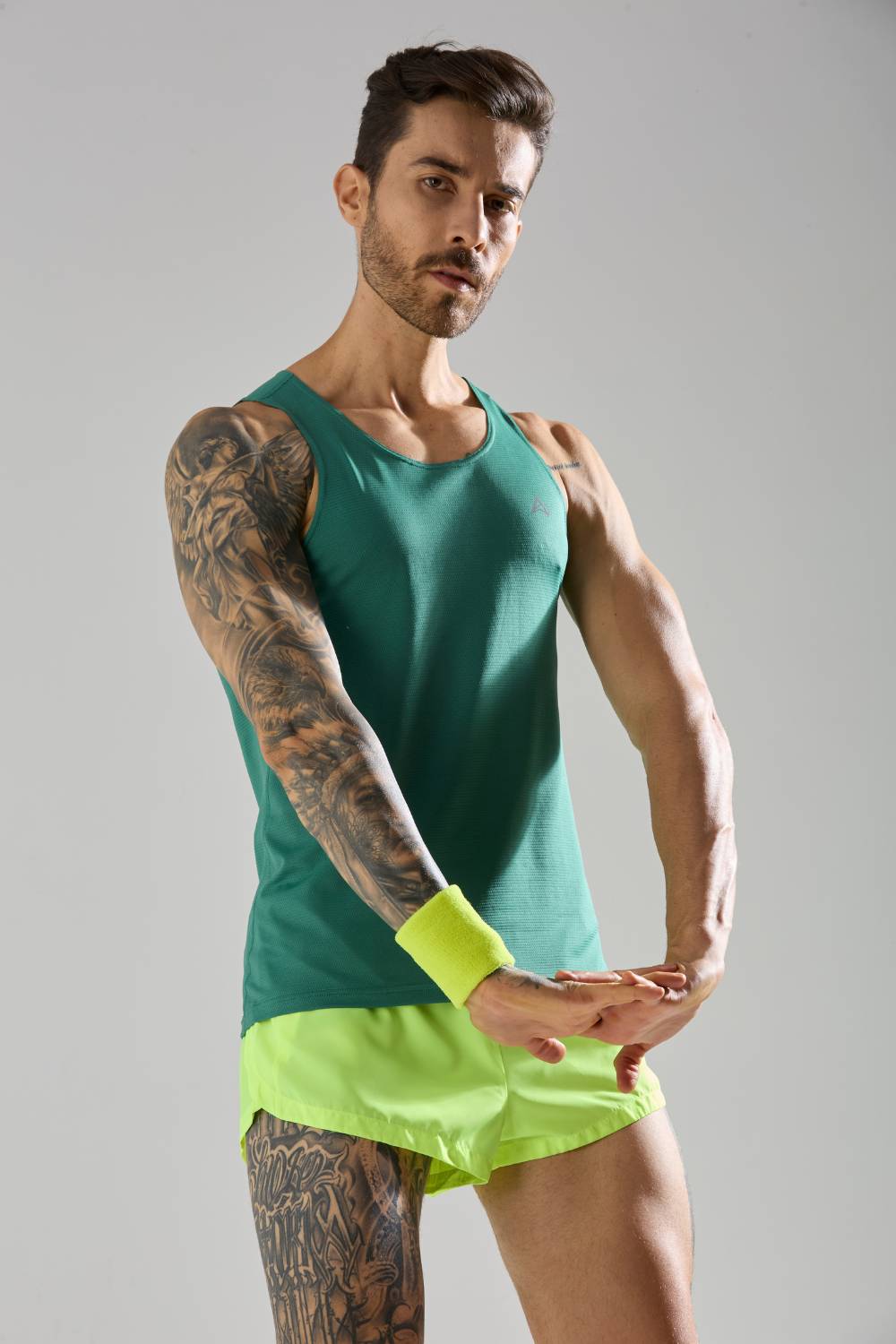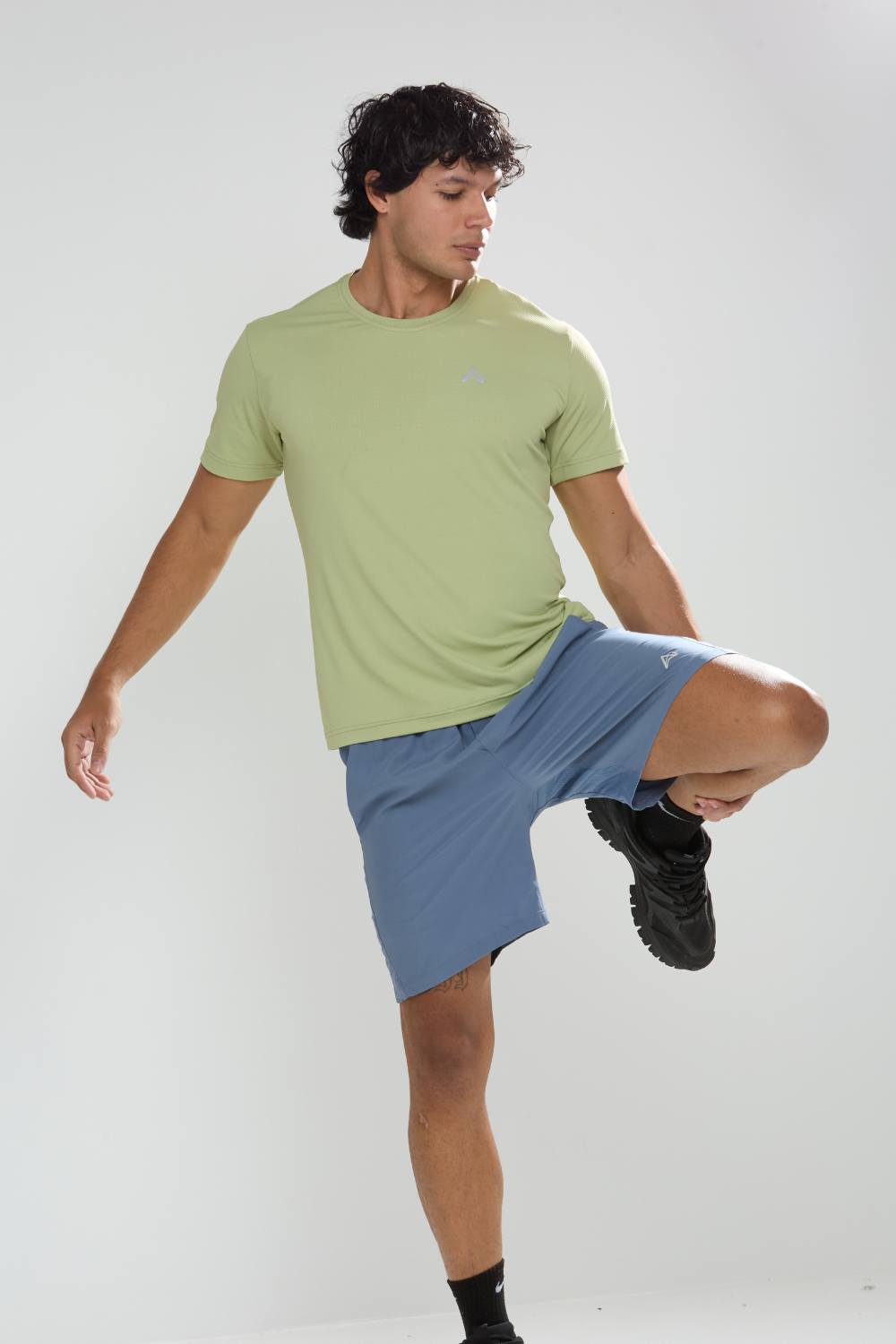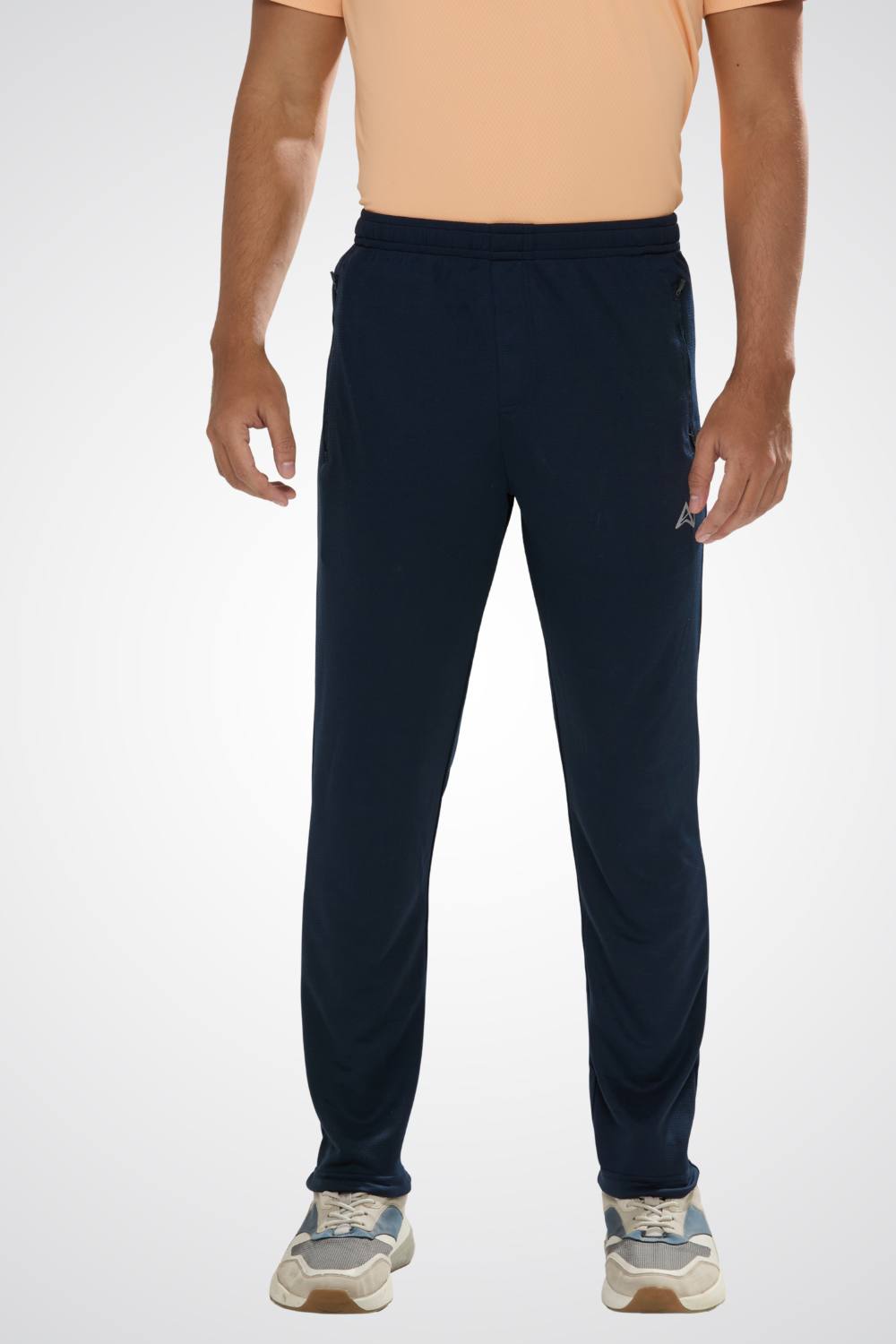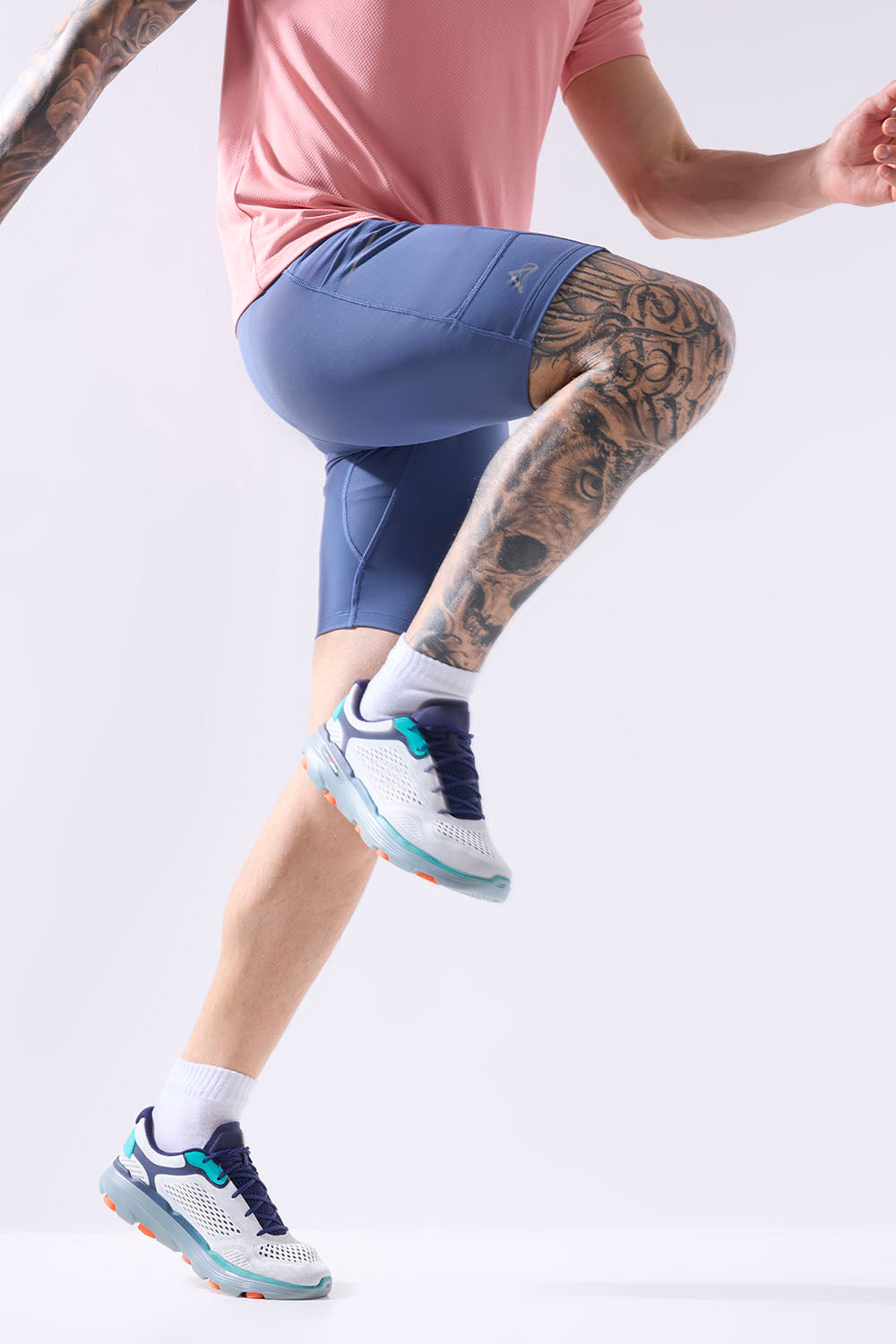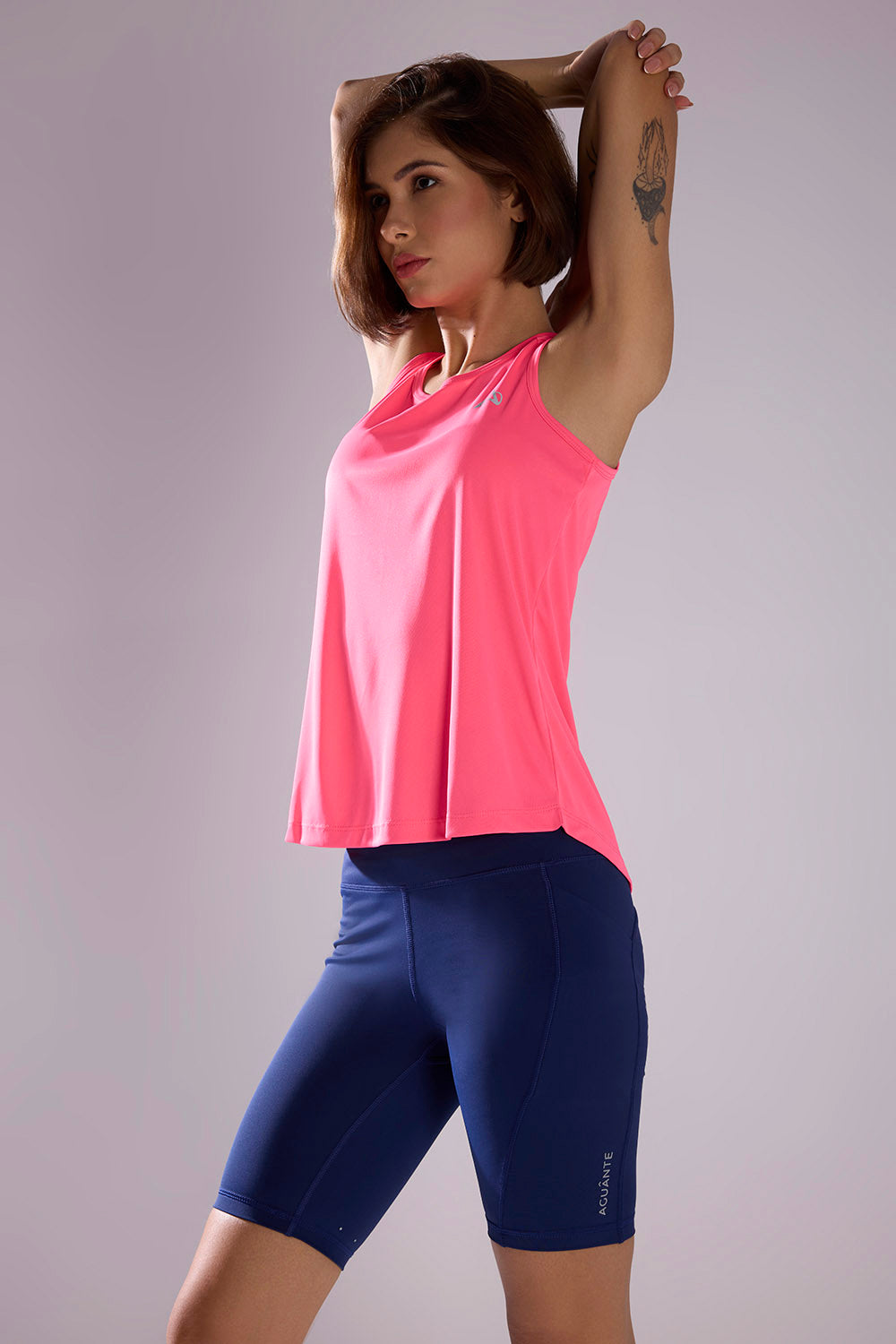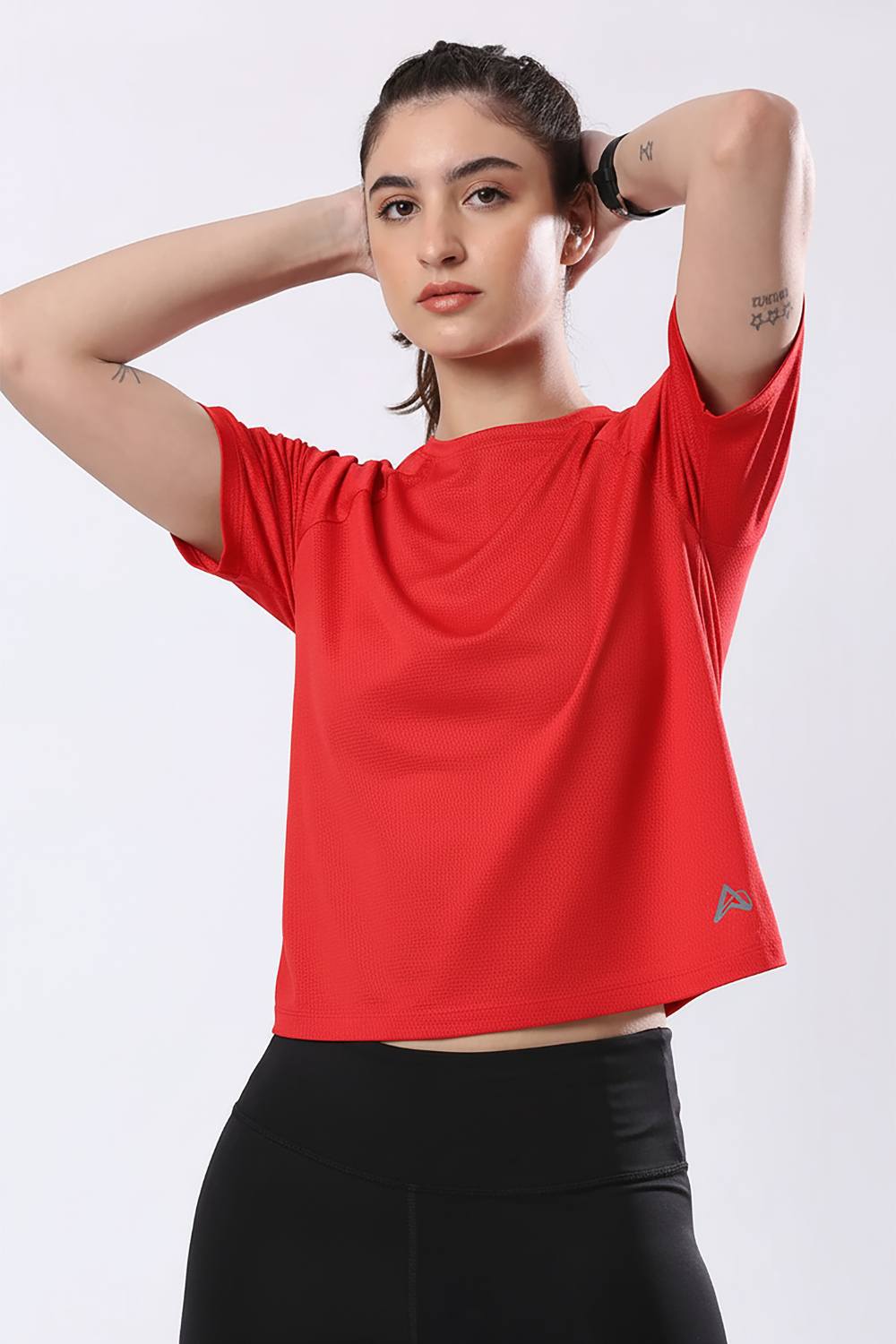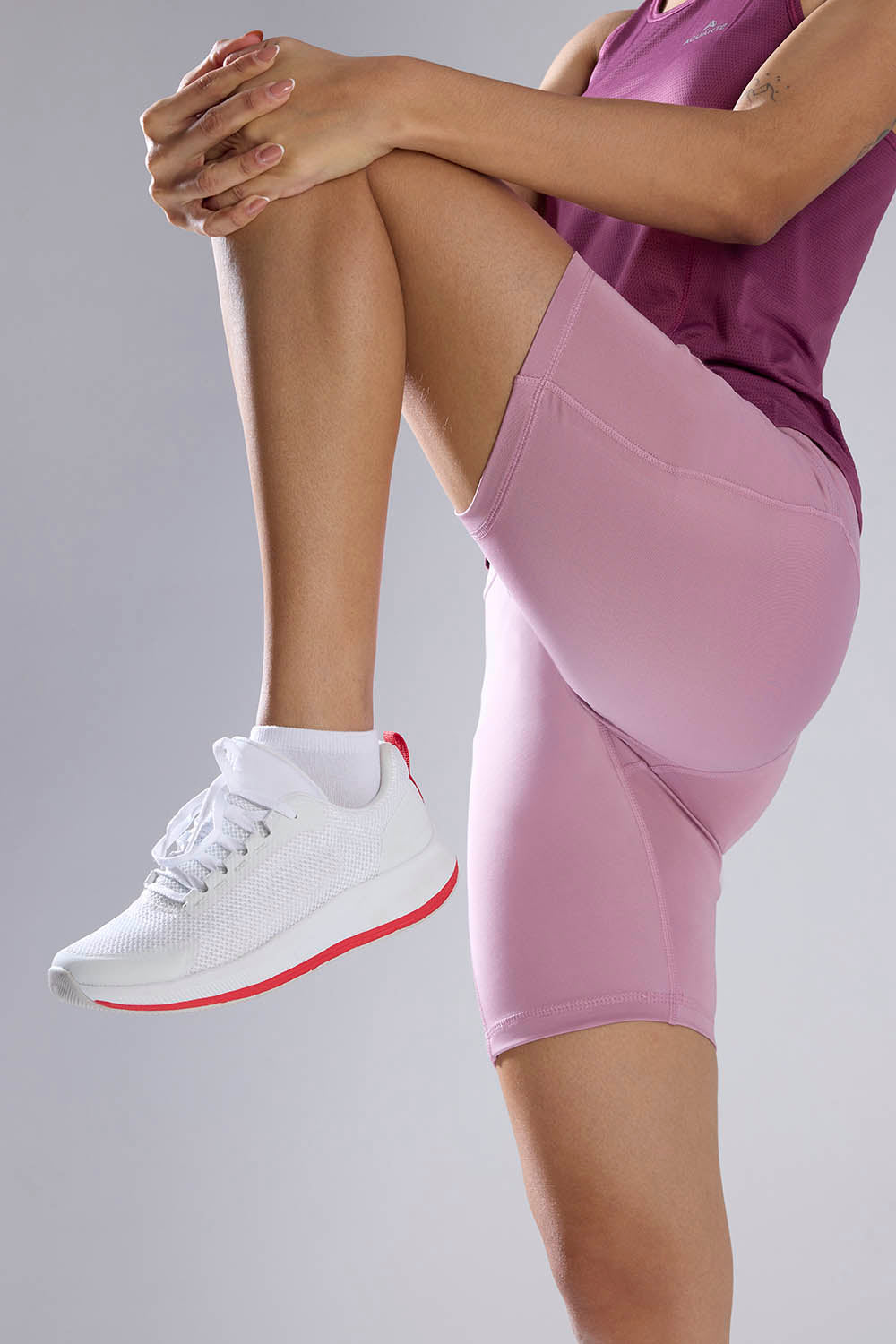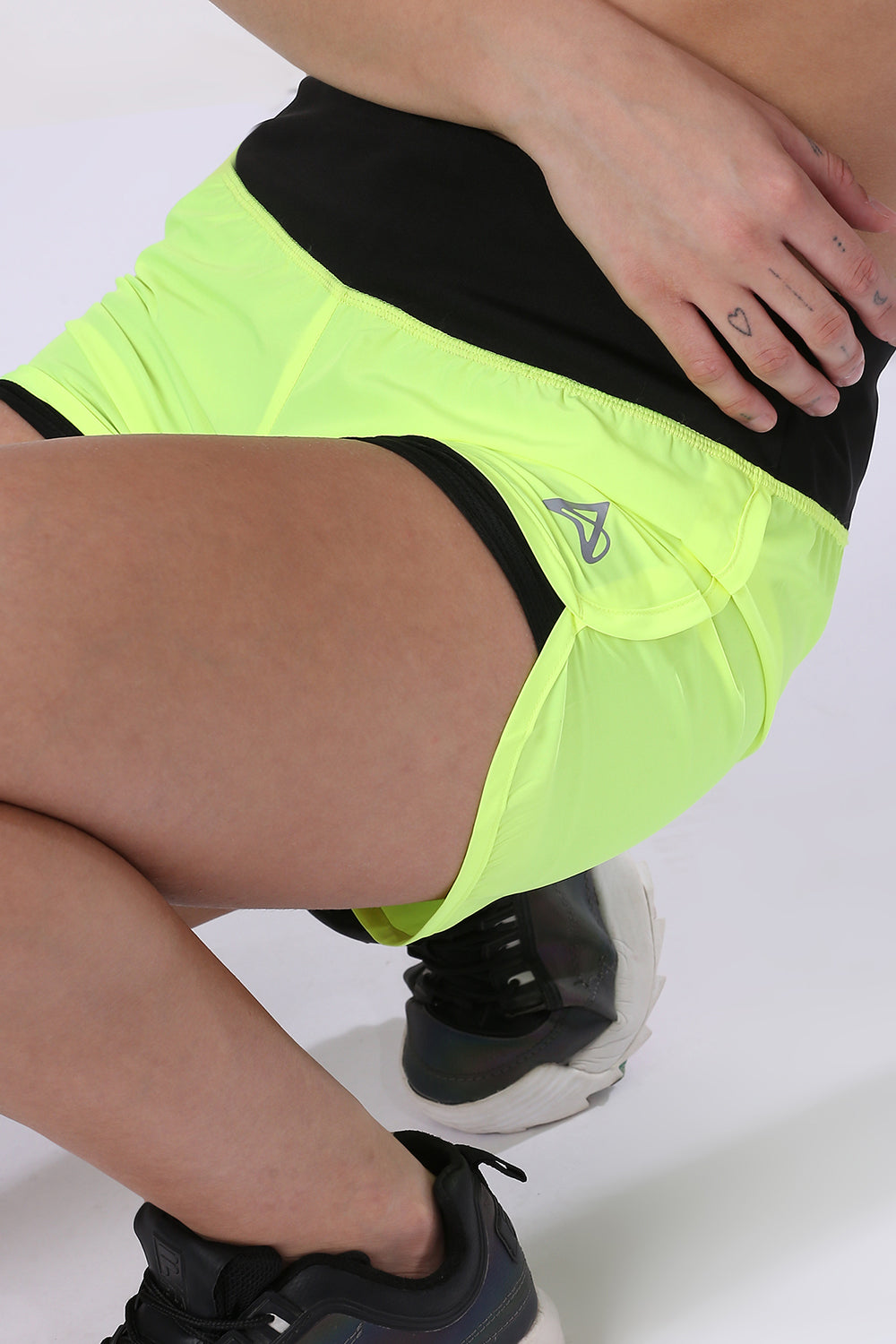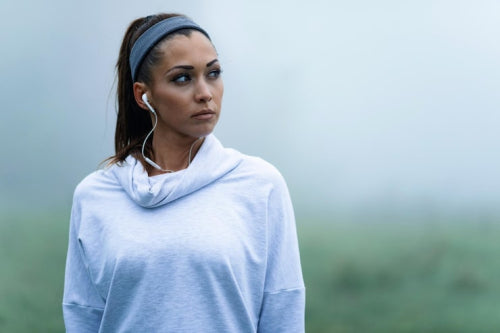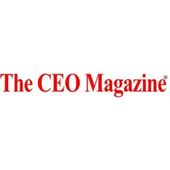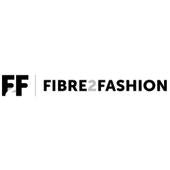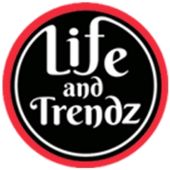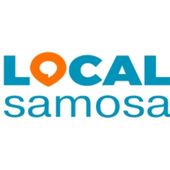In the humid dawn of a Mumbai morning, runners gather along Marine Drive, their feet hitting the uneven pavement in unison. Perspiration beads on their skin, yet their apparel performs flawlessly fabrics that draw away moisture efficiently, pockets that hold essentials steady without shifting. These individuals form more than a group of fitness enthusiasts; they represent a powerful community dictating the evolution of running gear. Brands such as Aguante heed this input, crafting products suited to India's demanding environments, from scorching heatwaves to sudden monsoons and rugged paths.
Consider the dramatic revival of Harley-Davidson in 1983, when the company stared down bankruptcy. A quarter-century later, it had transformed into a global brand valued at $7.8 billion, securing a spot in the top 50 worldwide. The key driver? A dedicated brand community united by shared lifestyle, pursuits, and values, as outlined in the Harvard Business Review's April 2009 issue. Modern running collectives mirror this dynamic, compelling apparel manufacturers to adapt designs or risk obsolescence on trails, roads, and tracks across the globe.
This influence plays out vividly in India's bustling urban centers: Bangalore, Hyderabad, Mumbai, Pune, Navi Mumbai, Delhi, Gurugram, Surat, and Ahmedabad. Here, runners transcend mere recreation; they emerge as key opinion leaders, converging on platforms like Instagram profiles such as @barefoot_coach_shanth_koushik, @rajesh84parida, @runholic_dev, @fit_kaur23, and @coach_amitkumar. Conversations buzz with practical critiques a stitching that irritates during extended runs in high humidity, or material that saturates in tropical rains. Savvy brands monitor these exchanges, shifting from off-the-shelf imports to customized solutions that address regional realities.
The proliferation of running clubs underscores this shift. As traditional marketing grows increasingly complex, companies seek authentic connections through grassroots channels. Footwear and athleisure giants like Hoka, Outdoor Voices, and On pioneered by launching their own clubs, but the trend has expanded. Now, even hydration ventures and energy bar producers join in, distributing samples at group sessions and pursuing sponsorships. These gatherings, as reported in industry analyses, function as vibrant social networks, extending reach beyond dedicated athletes. Nike Run Club, a longstanding staple, demonstrated years ago how such initiatives build loyalty. In India, escalating health consciousness fuels this, with communities demanding features like chafe-resistant seams for endurance efforts and visibility enhancers for low-light conditions on dimly lit streets.
Statistically, the global running apparel sector reflects this momentum. Valued at roughly USD 15,235.1 million in 2023, it is projected to climb to USD 16,012.1 million in 2024 and surge to USD 25,053.7 million by 2033, expanding at a compound annual growth rate of 5.1% from 2024 to 2033, according to a Custom Market Insights report. This growth stems from heightened awareness of wellness, prompting more individuals to adopt running for disease prevention, weight control, and overall vitality. Consequently, demand rises for apparel that boosts efficiency and ease, particularly in emerging markets like India.
Tired of gear that slows you down? Chafing, soggy fabrics, and missing pockets kill your run's momentum. At Aguante, we're runners who get it. Our high-performance activewear features moisture-wicking fabrics, ergonomic designs, and smart storage to keep you focused. Shop Now!
The Rise of Localized Innovation in Running Gear
In these core Indian cities, the translation is profound: equipment engineered for local anatomies, climates, and challenges, rather than distant foreign prototypes. Aguante exemplifies this approach, rejecting one-size-fits-all activewear in favor of items meticulously crafted for Indian running scenarios. Intense heat, oppressive humidity, and varied landscapes inform every decision, emphasizing ventilation, durability, and functionality.
Details matter immensely pockets designed to remain secure amid motion, inner layers that prevent irritation, fabrics that evacuate sweat rapidly, reflective elements for safety, and silhouettes refined through trials with actual users. These elements arise directly from dialogues in runner networks on Instagram, Facebook, and YouTube, where experiences are shared freely. Aguante positions itself as a homegrown innovator, offering premium performance at accessible rates, bridging international standards with domestic insights, unlike overseas giants that often command premium prices for designs ill-suited to local needs.
Drawing from personal immersion in similar arenas, the sociology is clear. As Andrea Fagan explores in her analysis of burgeoning sports groups, with a focus on cycling and running clusters fields close to her expertise these communities have multiplied rapidly. Participants like her, involved in a hometown cycling squad for nearly eight years, racing weekly, embody the daily reality. Brands enter strategically, partnering because these assemblies are ideal targets: deeply engaged individuals embodying the brand's spirit. For running-focused entities, this means co-creating events or content that resonates.
This collaboration extends to product categories. Tops, bottoms, accessories, and more cater to men, women, and unisex preferences, influenced by community input on practicality during monsoons or urban obstacles. Distribution channels evolve accordingly e-commerce surges, complemented by specialized outlets in areas like Pune and Delhi, as well as broader retail like supermarkets and discount stores. Without notable barriers or objections, adoption flows naturally, as the gear aligns seamlessly with Indian roadways and routines.
Market dynamics reinforce this. Increasing participation drives specialization: specialty sports shops stock up, online platforms facilitate access, and hypermarkets broaden availability. In essence, communities not only critique but co-author the narrative, ensuring innovations address real-world frictions like terrain inconsistencies or weather extremes.
From Feedback Loops to Brand Loyalty
At the heart lies a rapid feedback mechanism, more precise than a final sprint. A complaint from a Gurugram assembly about unstable storage on Facebook prompts swift revisions in subsequent releases. This echoes Harley-Davidson's strategy: cultivating passionate users rallied around common interests and identity. In Surat or Ahmedabad, instructional videos on YouTube from trainers magnify these voices, converting users into proponents who endorse through word-of-mouth.
Engagement tactics vary but prove effective. Sponsorships of local events, product trials at gatherings these aren't mere promotions; they foster genuine integration. As clubs morph into social anchors, blending exercise with camaraderie, design iterations accelerate. Gender-specific lines expand: men's tops for breathability, women's for support, unisex bottoms for versatility, all informed by collective wisdom.
The underlying sociology merits attention. Routine interactions in these groups forge lasting connections, much like Fagan's Sunday rides with teammates, exchanging tales of triumphs and trials. Brands attuned to this flourish, anticipating variables splashing puddles in Mumbai, arid dust in Hyderabad. Aguante's strength resides in this attentiveness, fixating on elements runners prioritize: uninterrupted focus, enabling pure enjoyment of the stride.
Broader implications emerge for the industry. With health trends propelling participation, apparel must evolve continuously. Communities highlight gaps, from accessory durability to fabric resilience, steering R&D toward tangible enhancements. This isn't transient; it's foundational, building allegiance that withstands market fluctuations.
Shaping the Future, One Stride at a Time
In summation, running communities serve as pivotal guides in apparel design, not peripheral voices. Lessons from Harley-Davidson's resurgence to India's vibrant ecosystem illustrate their clout. As global awareness escalates and the sector approaches multibillion-dollar valuations, entities like Aguante demonstrate the formula: absorb local insights, pioneer fearlessly, and retain the group's momentum. On your next outing, inspect your attire it likely reflects inputs from a spirited discussion in a Bangalore running circle, propelling the sport forward collectively.
This interconnectedness promises sustained growth. Runners in target regions continue to innovate informally, their preferences shaping inventories worldwide. For brands, the mandate is clear: engage deeply, or lag behind. In an era where authenticity reigns, these communities hold the reins, ensuring gear doesn't just clothe bodies but empowers pursuits on India's diverse paths.
Frequently Asked Questions
How do running communities influence brand design choices in India?
Running communities in Indian cities like Mumbai, Bangalore, and Delhi provide direct feedback through social media platforms and local clubs, highlighting specific needs like chafe-resistant seams, moisture-wicking fabrics for high humidity, and reflective elements for safety. Brands monitor these conversations on Instagram and Facebook to identify pain points such as stitching irritation during long runs or materials that saturate in monsoon rains and adapt their designs accordingly. This grassroots input drives brands like Aguante to create localized solutions rather than relying on generic international designs.
Why are running clubs important for athletic apparel brands?
Running clubs function as authentic marketing channels and product testing grounds where brands can directly engage with highly dedicated consumers who embody their target audience. Companies from footwear giants like Hoka and Nike to energy bar producers sponsor these clubs, distribute samples at group sessions, and gather real-time feedback on product performance. These communities build brand loyalty similar to Harley-Davidson's successful turnaround strategy, creating passionate advocates who promote products through word-of-mouth and social proof.
What is the projected growth of the running apparel market?
The global running apparel market was valued at approximately USD 15.2 billion in 2023 and is projected to reach USD 25.1 billion by 2033, growing at a compound annual growth rate of 5.1%. This expansion is driven by increasing health consciousness, disease prevention awareness, and growing participation in running, particularly in emerging markets like India where demand for performance-enhancing, climate-appropriate gear continues to rise.
Disclaimer: The above helpful resources content contains personal opinions and experiences. The information provided is for general knowledge and does not constitute professional advice.
You may also be interested in: How Runner Feedback Drives Indian Activewear Innovation
Tired of gear that slows you down? Chafing, soggy fabrics, and missing pockets kill your run's momentum. At Aguante, we're runners who get it. Our high-performance activewear features moisture-wicking fabrics, ergonomic designs, and smart storage to keep you focused. Shop Now!
Powered by flareAI.co


